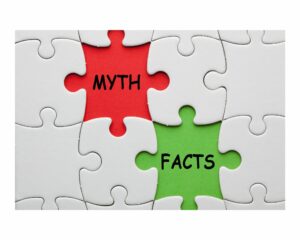Jumping is an important gross motor milestone that starts to appear around 2 years of age. Jumping is a sign of leg strength and leads to development of higher level skills such as hopping and skipping. True jumping involves using both feet at the same time. If your child has difficulty with jumping, they may lead with one foot first. There are 3 big categories of jumping; jumping up, jumping down from an elevated surface, and jumping up.
Jumping up
● Hold a toy of interest above the child’s head and have them reach up. They will go up on their toes first, then begin to jump
● Put a sticker on the wall and have them jump to reach reach it
Jumping down
● This is the easiest step in learning to jump. Start with a surface a few inches off the ground. Have your child try to jump down with 2 feet
● If your child continues to jump down with one foot, try holding one or both of their hands. This way they can learn a two footed jump with increased confidence
Jumping forward
● Try putting different colored circles on the ground and have your child jump to each color.
● Have a long jump competition and see who can jump farther or if they can improve their distance each time
If your child is not yet able to jump, try a trampoline or other bouncy surface. They are able to learn the pattern of jumping, even if they do not yet have the strength. If they are still struggling, they may be a good candidate for pediatric physical therapy.
